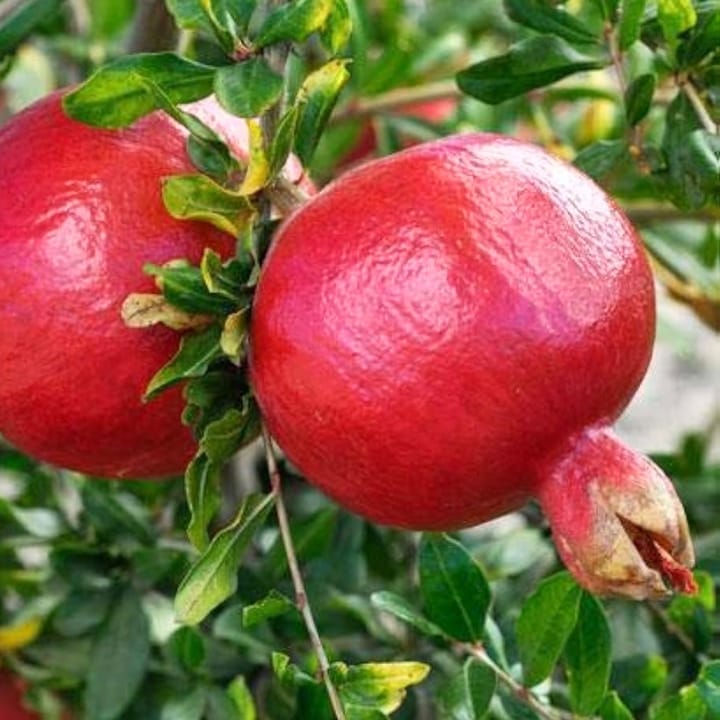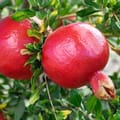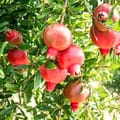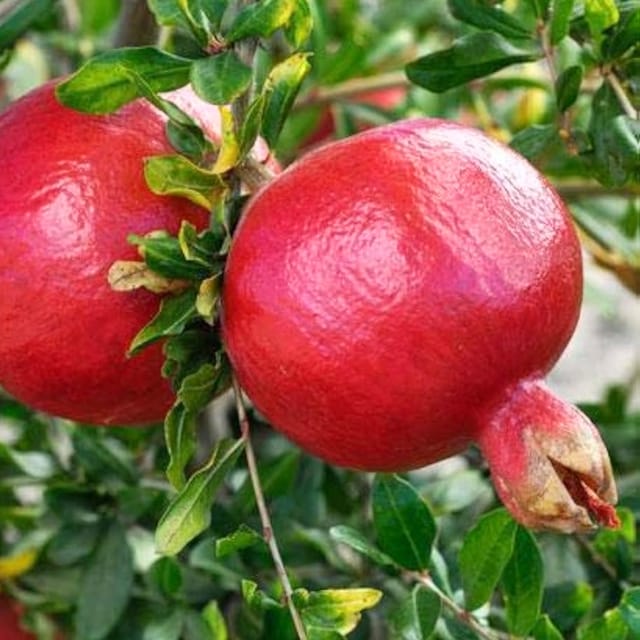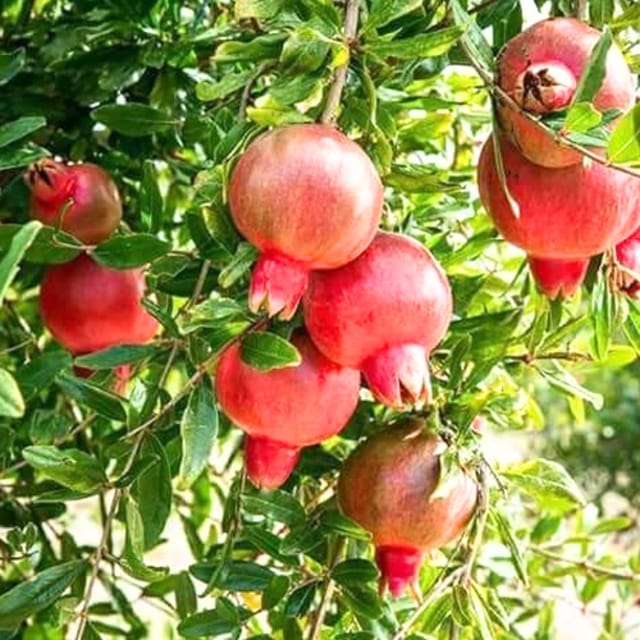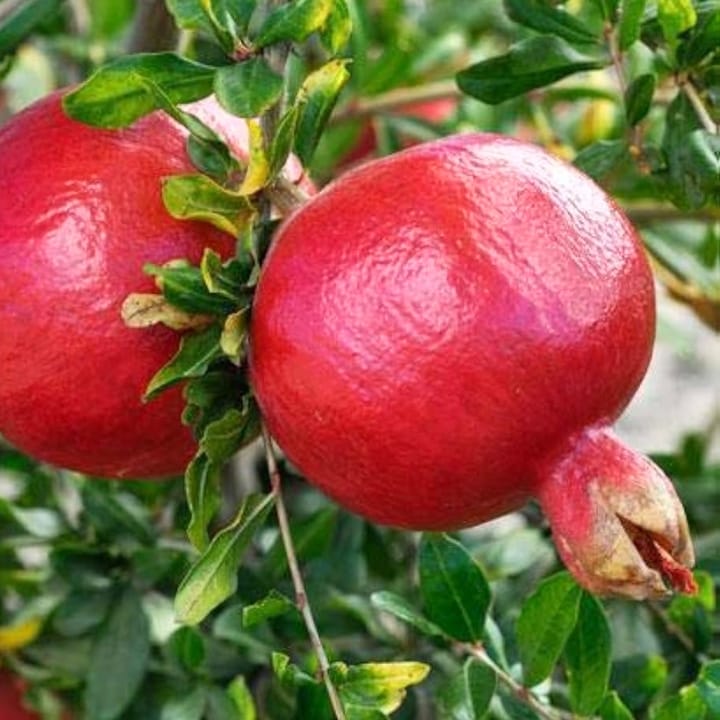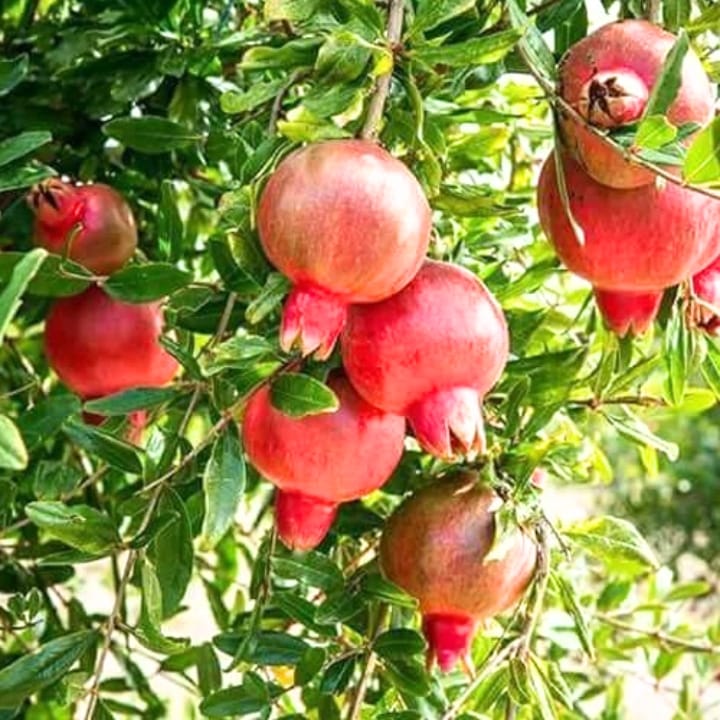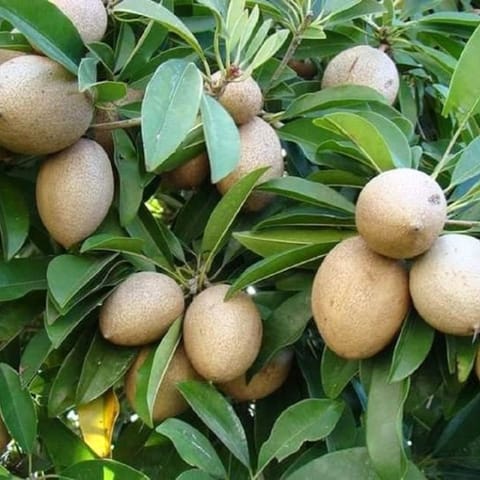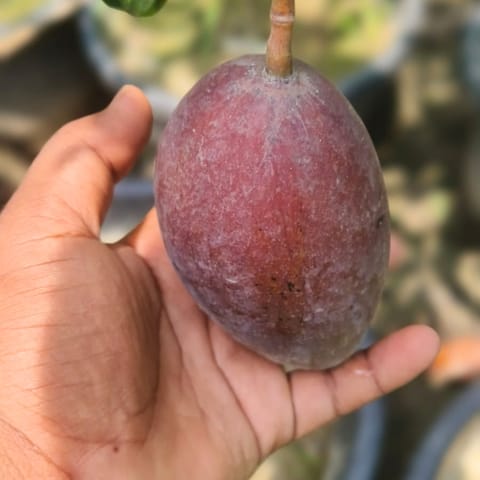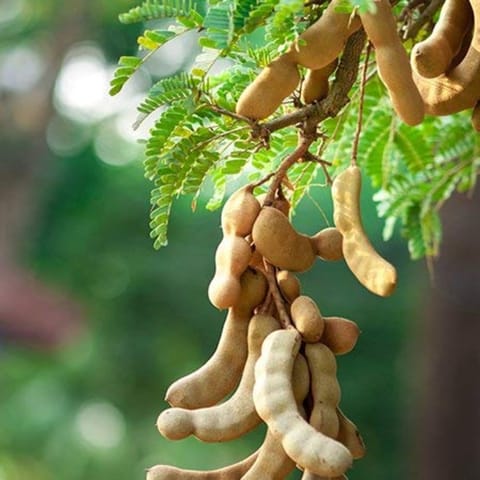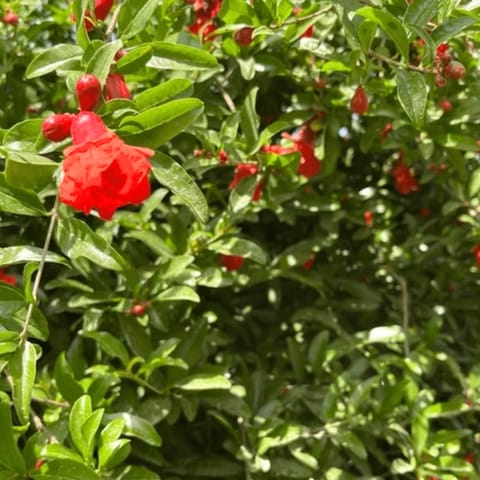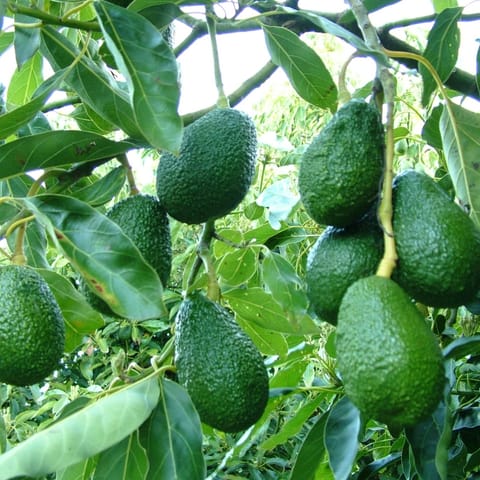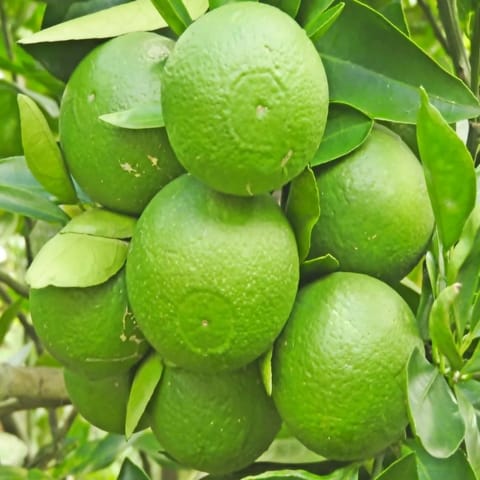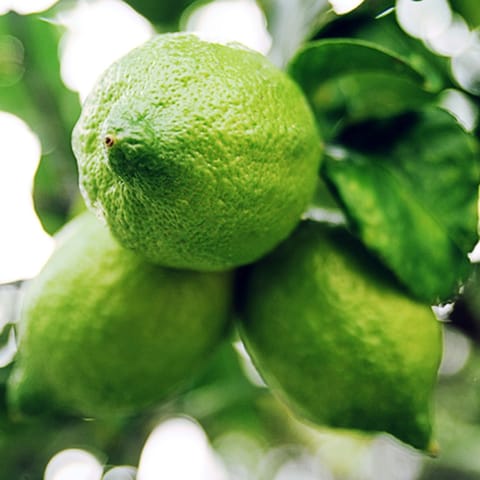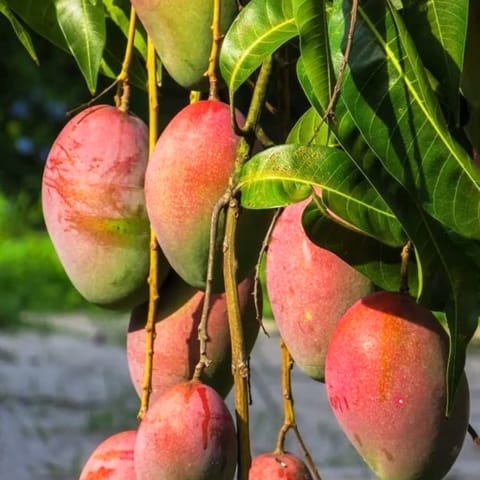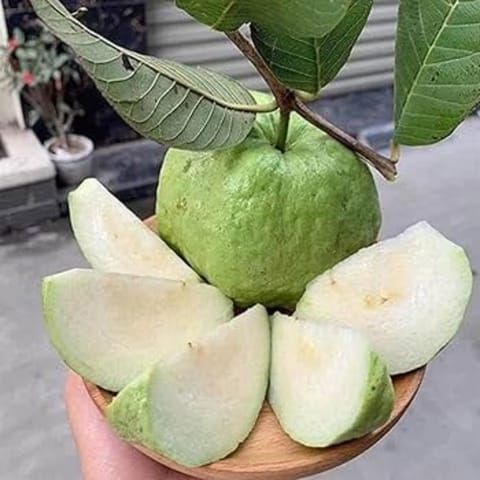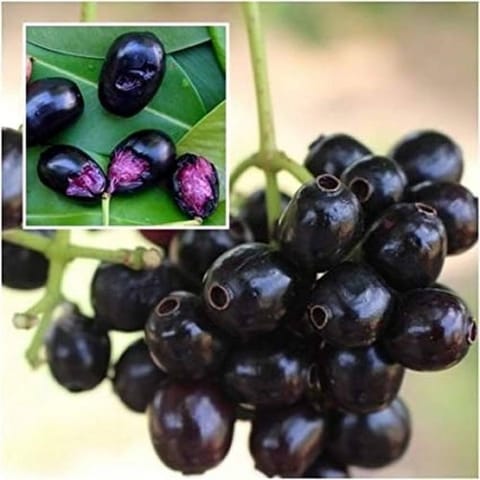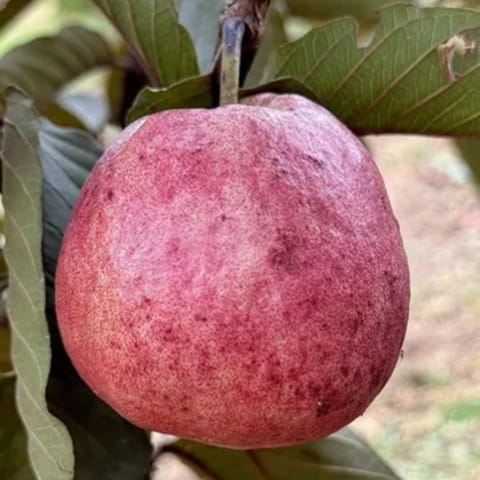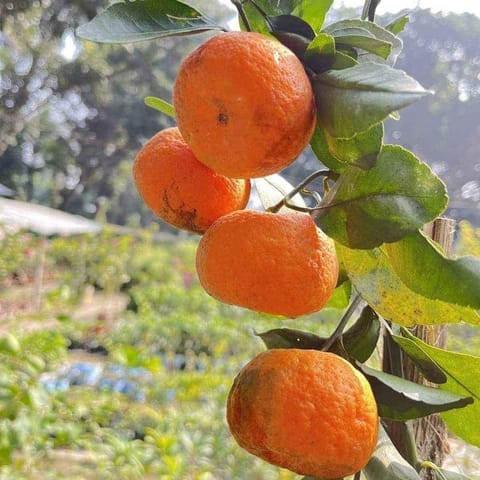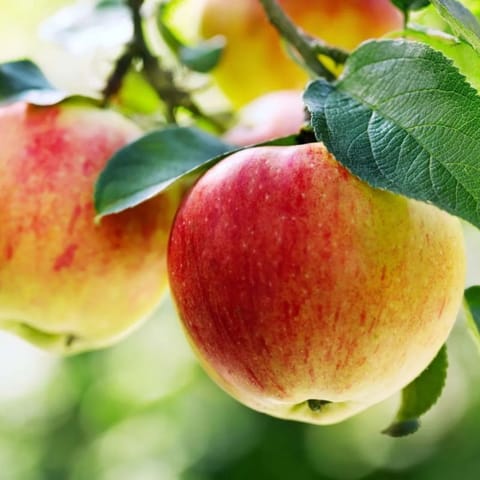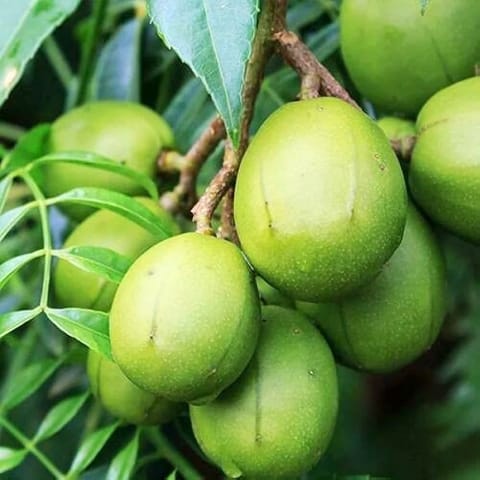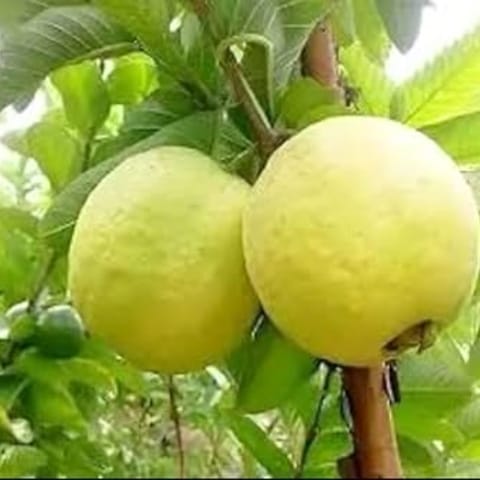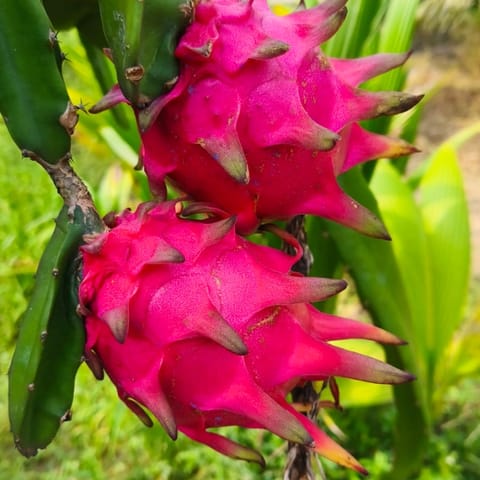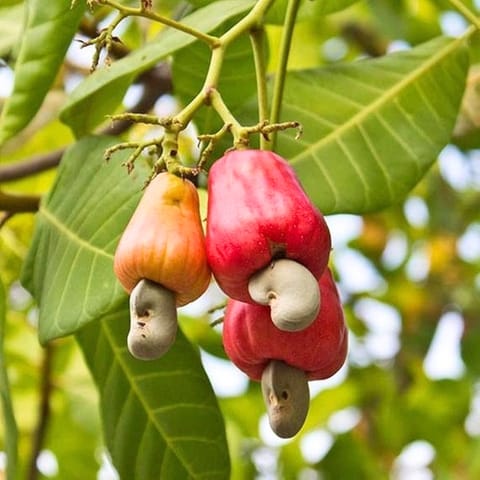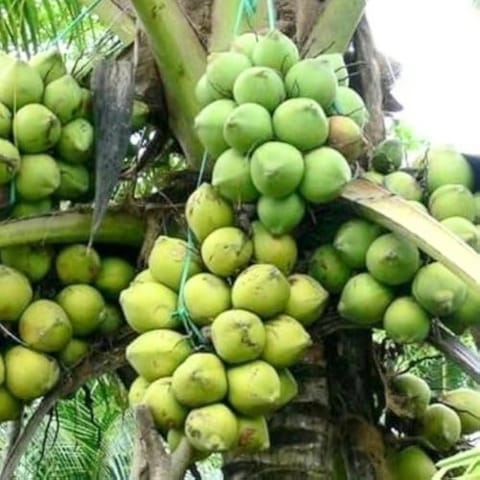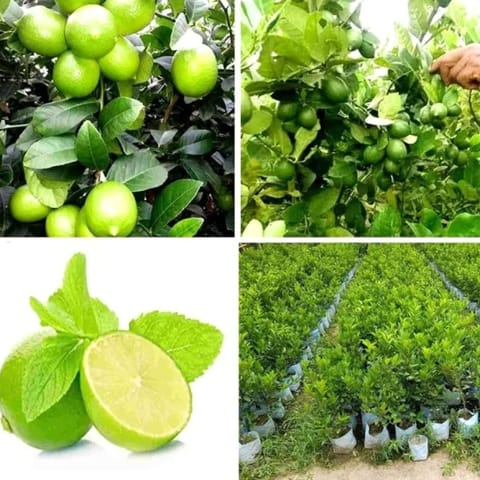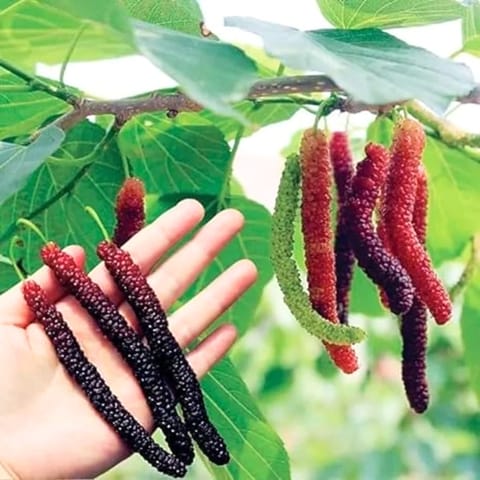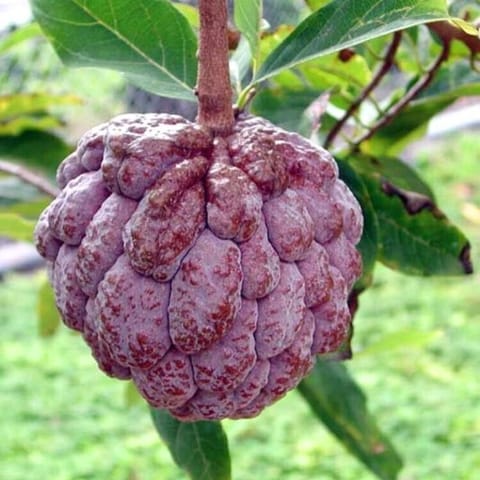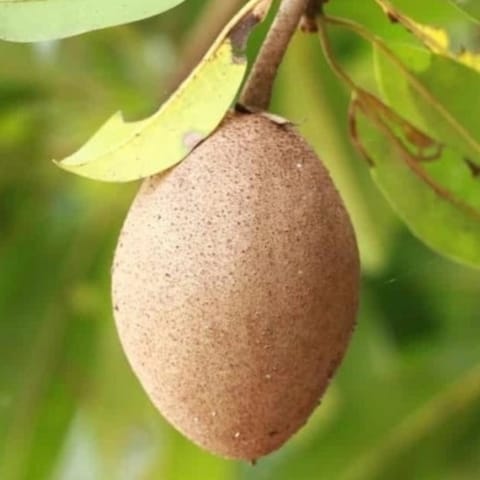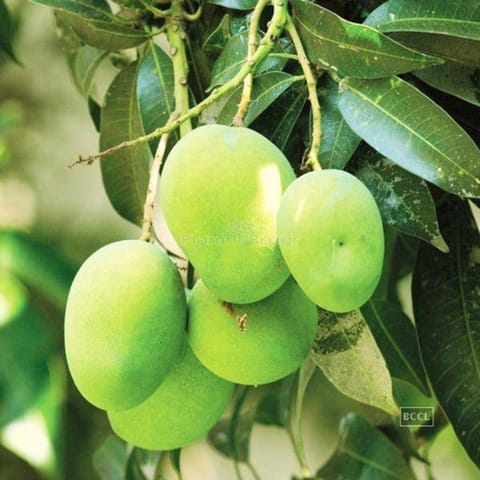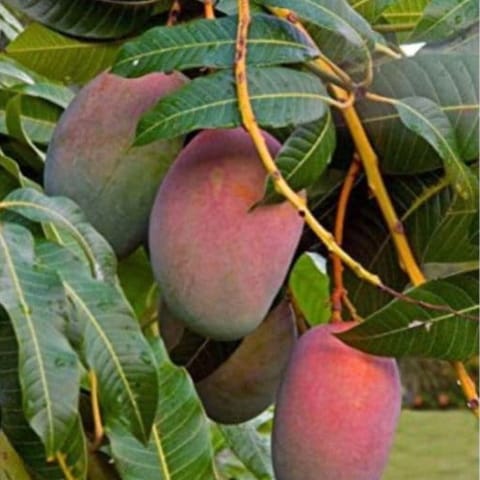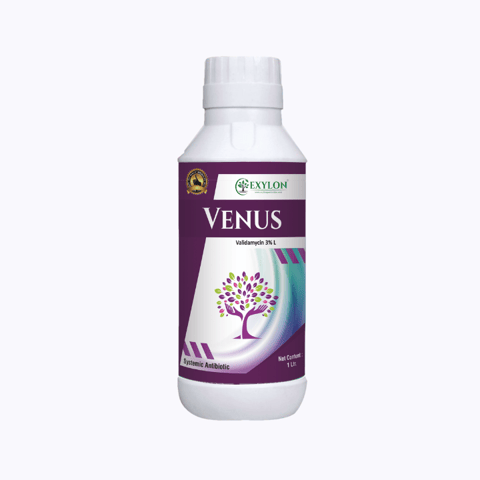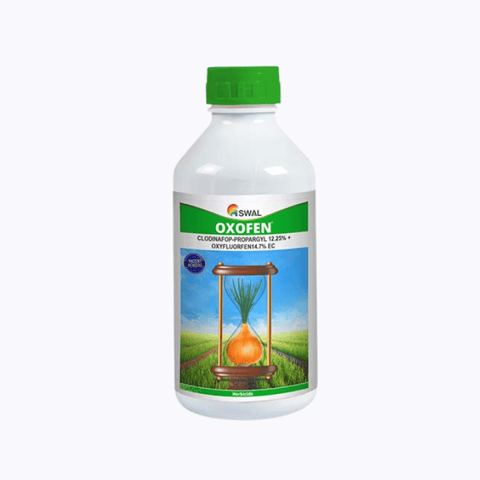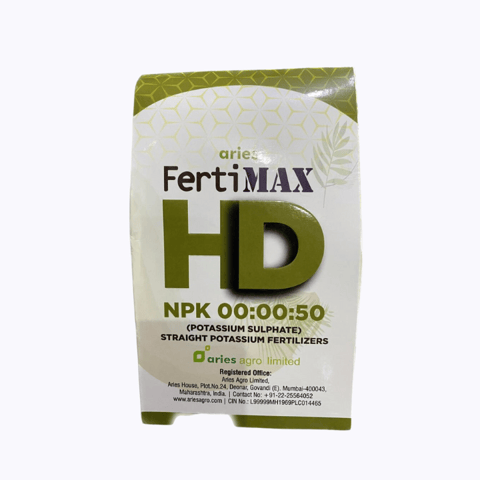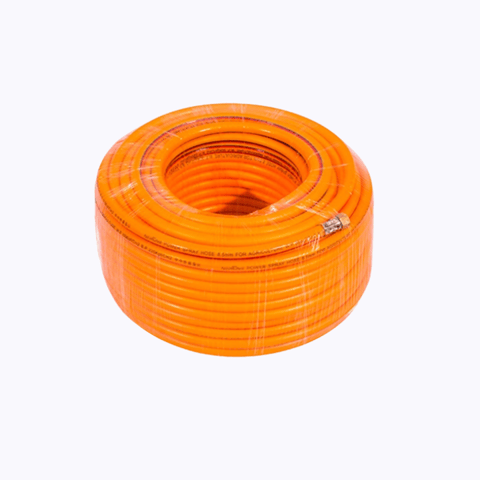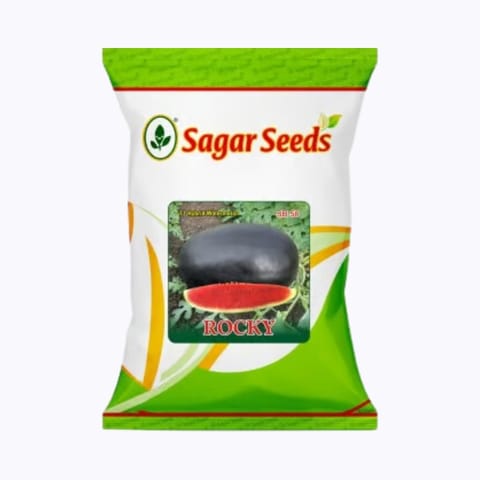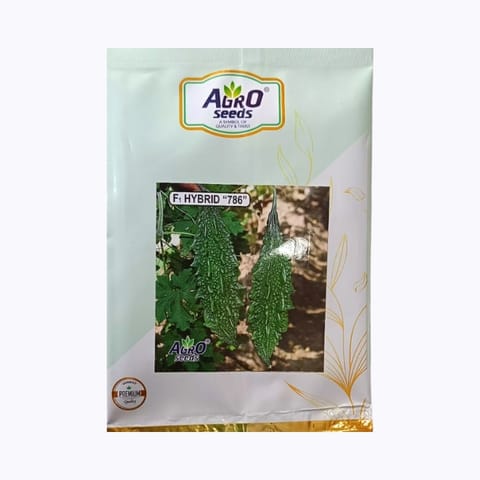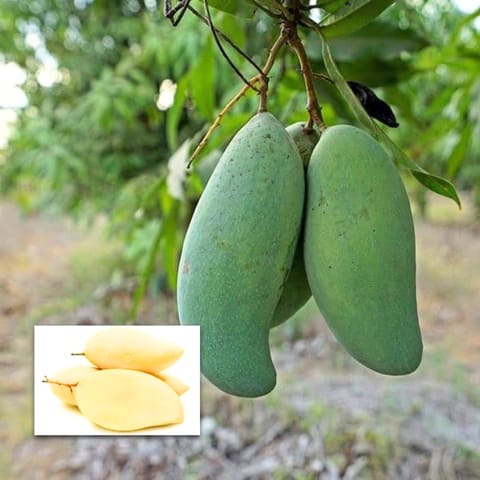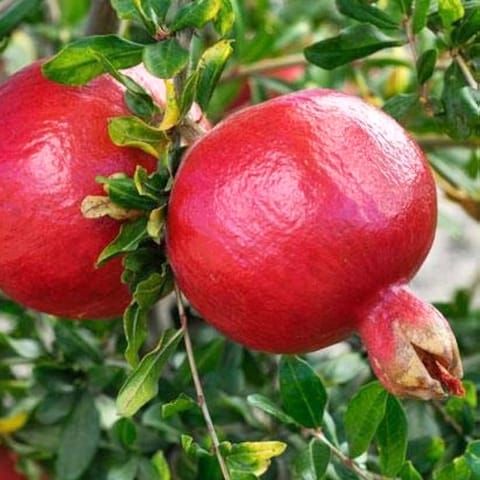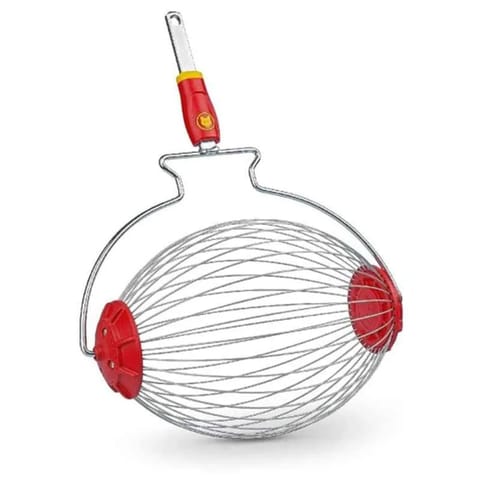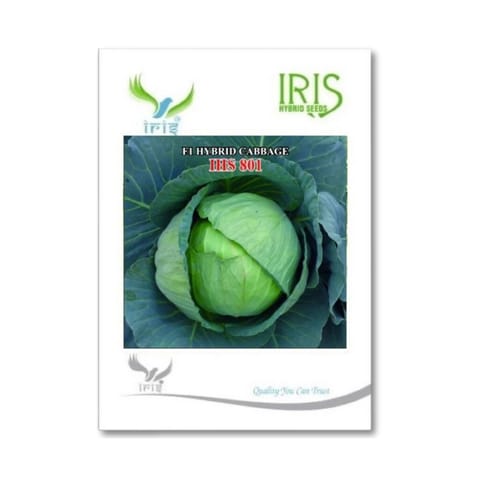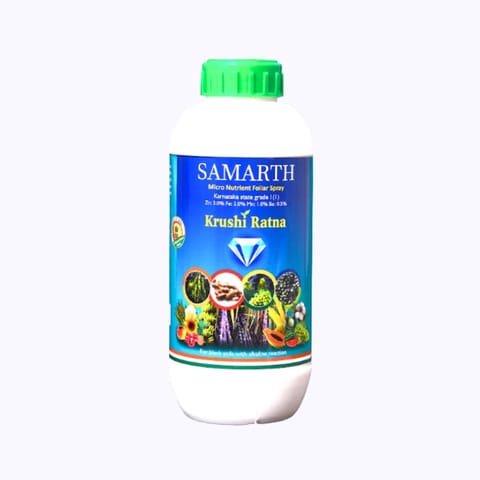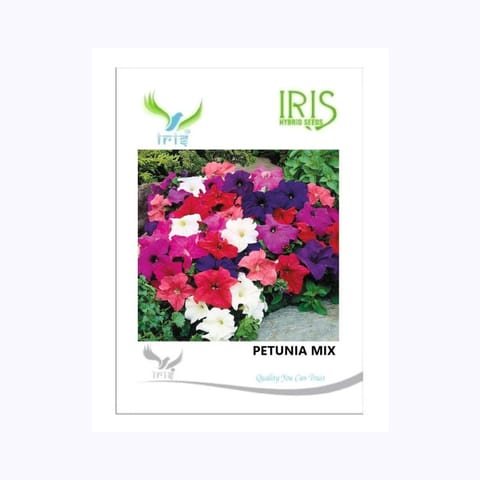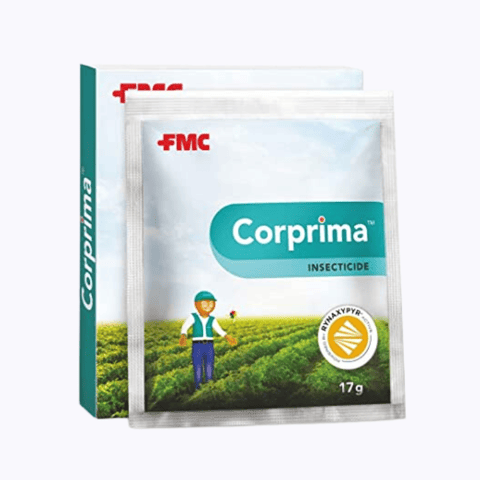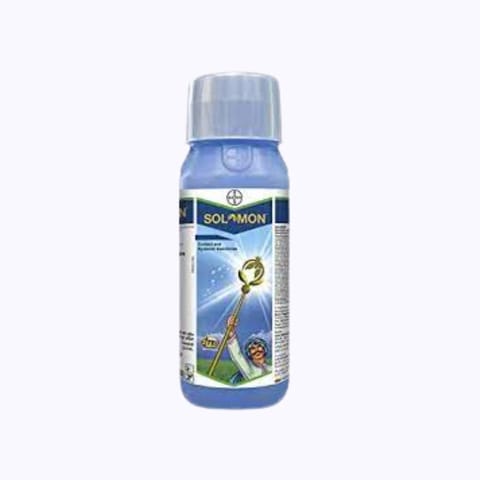The Sinduri Anar Plant is a premium pomegranate variety known for its bright red fruits and sweet, juicy arils. This plant begins to bear fruit within 2-3 years, making it perfect for those eager to enjoy homegrown pomegranates without a long wait. Thriving in tropical and subtropical climates, the Sinduri Anar Plant requires well-drained, loamy soil and full sunlight to reach its full potential. With its high yield and low maintenance needs, it's an excellent choice for both home gardens and commercial cultivation. Whether you're looking to savor fresh pomegranates or enhance your garden's appeal, this plant offers both beauty and bounty.
Product Specifications
| Feature |
Details |
| Plant Type |
Pomegranate |
| Variety |
Sinduri Anar |
| Fruit Color |
Bright Red |
| Fruit Bearing |
2-3 Years |
| Soil Requirement |
Well-drained, loamy soil |
| Climate |
Tropical and subtropical |
| Sunlight Requirement |
Requires full sunlight |
Key Features
- Sweet and Juicy Arils: Produces delicious pomegranates with sweet, juicy arils.
- Early Fruiting: Begins to bear fruit in 2-3 years, perfect for quick harvesting.
- High Yield: Suitable for both home gardens and commercial cultivation.
- Low Maintenance: Requires minimal care for optimal growth and fruiting.
- Climate Adaptability: Thrives in tropical and subtropical regions.
Why Choose Sinduri Anar Plant
Choosing the Sinduri Anar Plant means investing in a fruit-bearing tree that offers both aesthetic appeal and practical benefits. Its early fruiting allows you to enjoy pomegranates sooner than many other varieties. The plant's high yield and low maintenance make it ideal for gardeners of all experience levels. Plus, its adaptability to warm climates ensures robust growth and fruit production, providing you with delicious, homegrown pomegranates for years to come.
FAQs
Q: How long does it take for the Sinduri Anar Plant to bear fruit?
A: The plant typically starts bearing fruit within 2-3 years after planting.
Q: What type of soil is best for this plant?
A: Well-drained, loamy soil is ideal for optimal growth and fruit production.
Q: Does the Sinduri Anar Plant require full sunlight?
A: Yes, full sunlight is essential for the plant's healthy growth and fruiting.
Q: Is this plant suitable for small home gardens?
A: Absolutely, its manageable size and low maintenance needs make it perfect for home gardens.
Q: Can it grow in cooler climates?
A: The Sinduri Anar Plant thrives best in tropical and subtropical climates and may not perform well in cooler regions.
